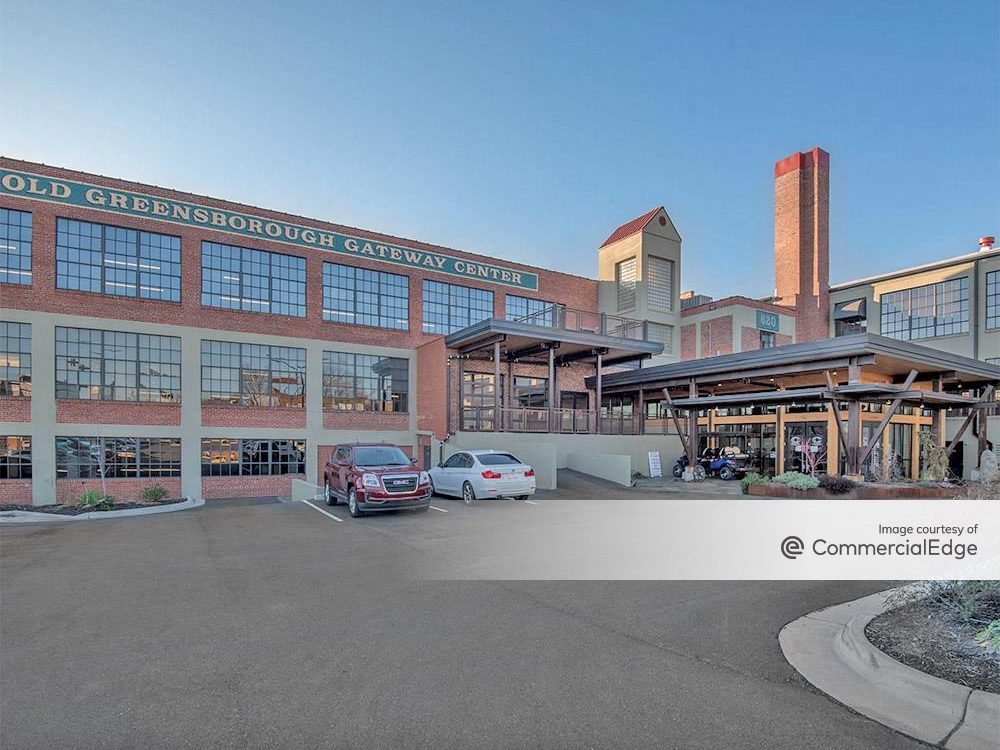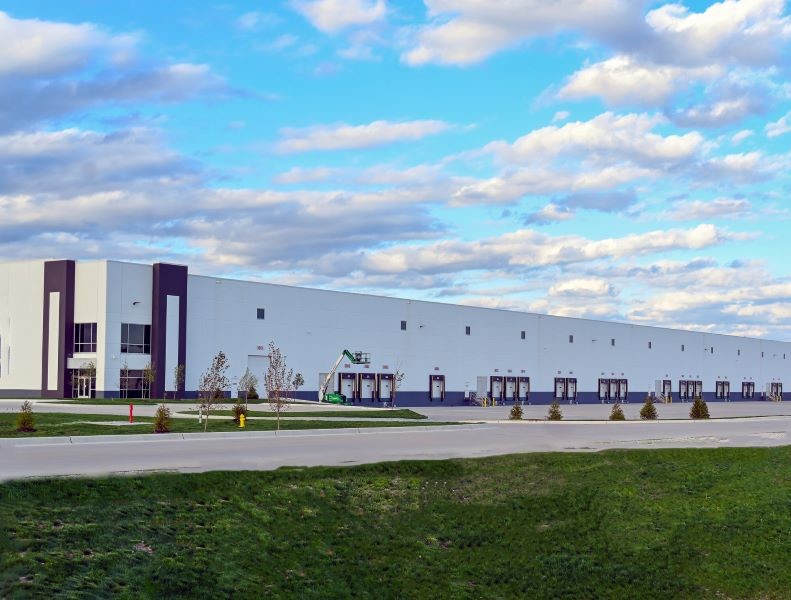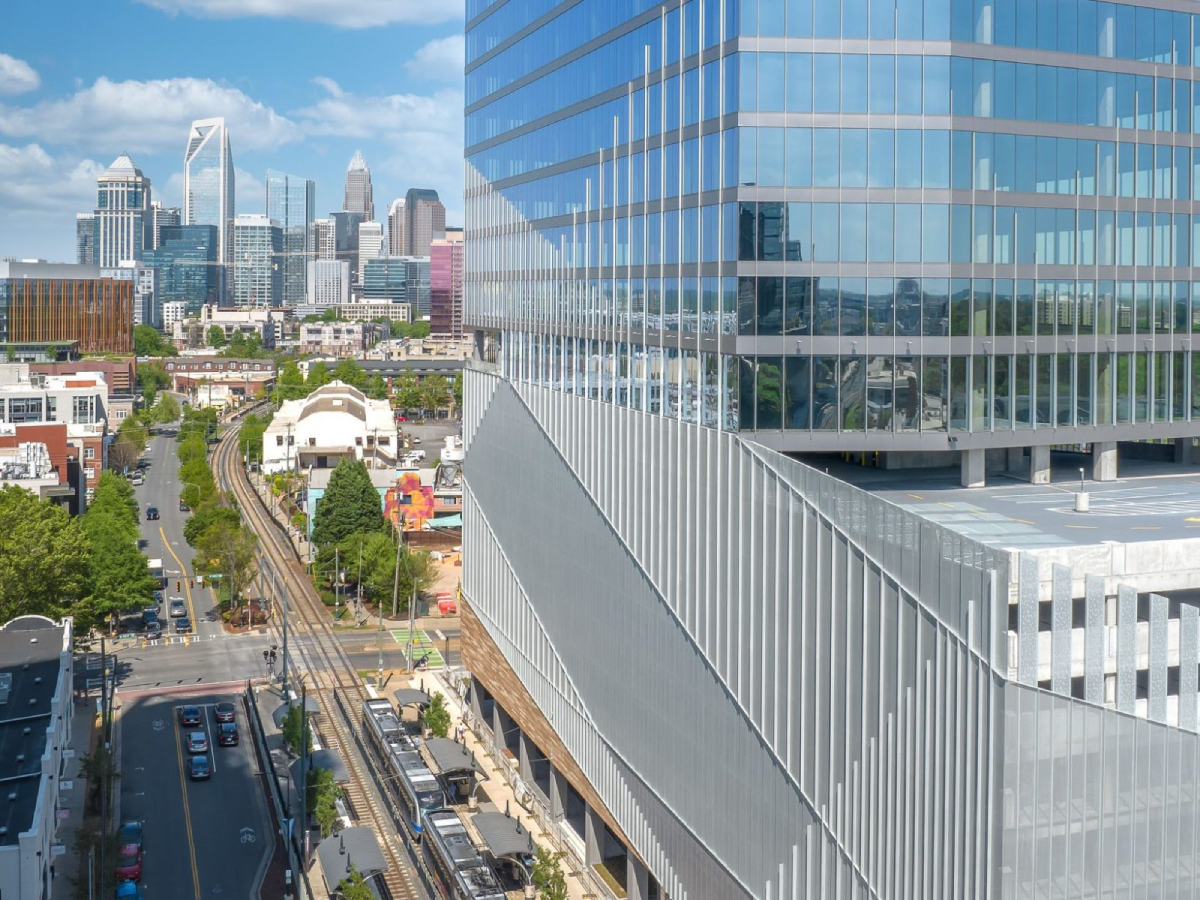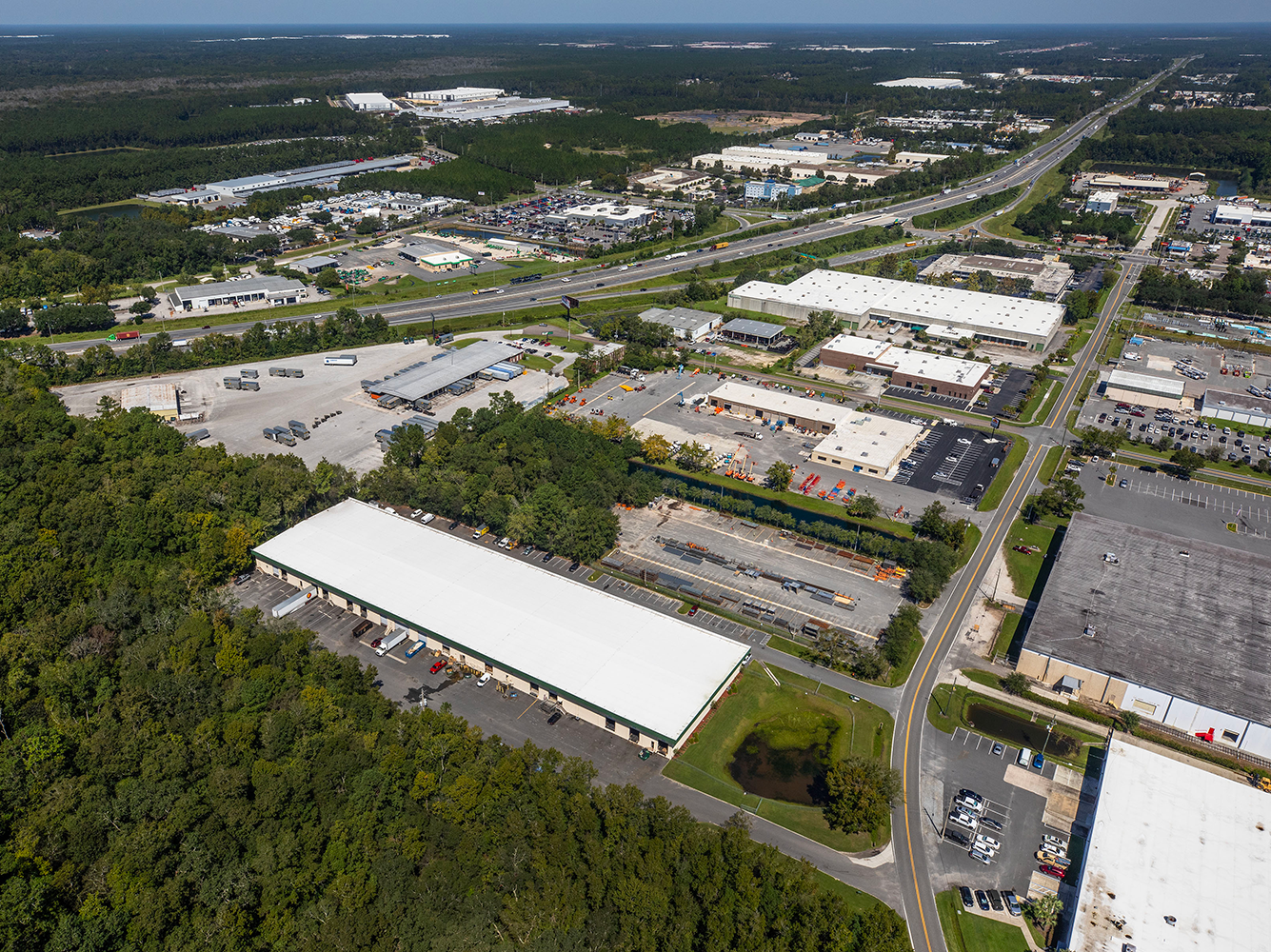Net Lease Industrial: 15 Minutes of Fame or Permanent Shift?
Warehouse and distribution space is experiencing a pivotal shift and investors are falling hard for this property type. The duration of the love affair is uncertain, however, says Jeff Hughes of Stan Johnson Co.

Jeffrey Hughes Image courtesy of Stan Johnson Co.
Looking back, 2018 was a tremendous year for the single-tenant investment market. Favorable economic conditions combined with low interest rates have created an outstanding environment for investors to buy and sell net lease properties. While retail has historically been the predominant asset class in the net lease marketplace, continued uncertainty in portions of the sector have caused investors to look for alternatives. And the industrial market has gladly stepped up to the plate.
Industrial is experiencing a pivotal shift―in its look, feel, purpose, and price. Half a million square feet is no longer a shockingly large warehouse, and single-story facilities aren’t enough anymore. Two- and three-story warehouses are being developed to meet the complex needs of retail distributors, and some of these mega-facilities are tipping the scales at 2 million square feet or more. E-commerce-driven retailers are investing millions into their already-expensive facilities in order to address the changing needs of today’s consumers. And while institutional buyers with deep pockets may continue to dominate this elite sub-set of the industrial market, there are still plenty of opportunities for other buyer types across the sector.
Driving Down the Last Mile
With e-commerce and last-mile logistics continuing to be huge drivers for the asset class, demand for industrial facilities is at an all-time high. Annual sales volume in 2018 surpassed $31.5 billion with nearly $12.0 billion reported in the fourth quarter alone. To put these figures in perspective, quarterly industrial sales in the single-tenant sector have averaged about $3.5 billion over the last 10 years, while annual averages have been roughly $14.0 billion in that same time frame. So, to double or even triple these amounts is truly significant, and it points to a dramatic shift in investor behavior and preference.
Is it sustainable though? Coming off such a strong finish to the year, first quarter 2019 sales results of $4.5 billion might seem a bit lackluster, suggesting this was a short-lived trend. Quarter-to-quarter, industrial transaction counts dropped by nearly 50 percent and were the lowest on record since the start of 2016. Cap rate movement too indicates the market has passed its peak, as the V-shaped trendline witnessed over the last few quarters shows that average rates did indeed bottom out mid-year 2018 and are now on the rise. Despite these initial signs of a slowing or shifting market, the single-tenant industrial sector reported its 14th consecutive quarter of above-average sales totals in first quarter, which points to anything but a weak market. Preliminary figures for second quarter also indicate strong momentum, having already surpassed the average $3.5-billion-mark mentioned above.
The last few quarters have seen several single-asset sales with enormous price tags. Mission-critical distribution facilities for shipping and logistics companies like FedEx, as well as strategically located warehouses allowing retailers like Amazon and others to meet faster delivery deadlines have been in high demand from a variety of investors. Looking at non-portfolio sales above $75.0 million, institutional investors comprised nearly half of 2018’s sales volume, but private investors―those formerly pursuing retail assets in droves―made up nearly 20 percent last year, with another 13 percent year-to-date in 2019. Compare these activity levels to 2017, where just 5.3 percent of these large industrial deals were purchased by private buyers, and we’re definitely witnessing a shift.
However, it remains to be seen if this change in investor behavior will be permanent or not. The retail industry is reinventing itself as it goes through some challenging times, but once the sector regains stability and strength, and investors feel comfortable with certain subsets of retail again, we’ll naturally see some private buyers gravitate back toward that product type. But we can’t lose sight of industrial’s new place in the market. Gone are the days of dusty old warehouses and ancient manufacturing facilities. Today’s industrial product is sophisticated, and it plays a significant role in economic growth, the health of the overall commercial real estate industry, and consumers’ everyday lives. It’s expected that the industrial sector will be a bright spot for net lease investors for years to come.
Jeff Hughes is a managing director of the Stan Johnson Co.







You must be logged in to post a comment.